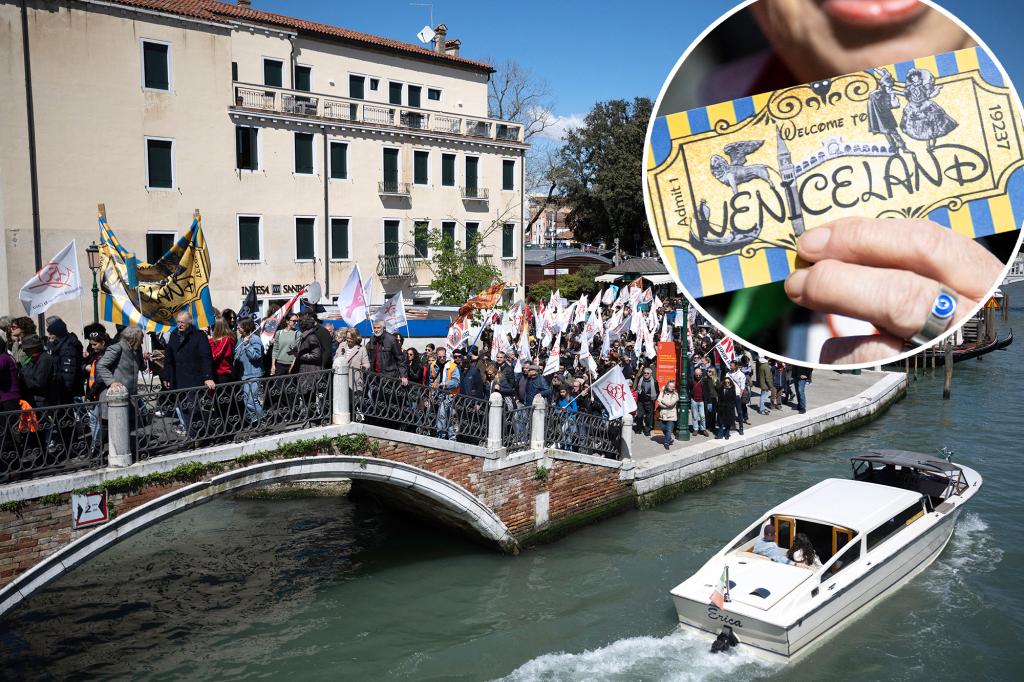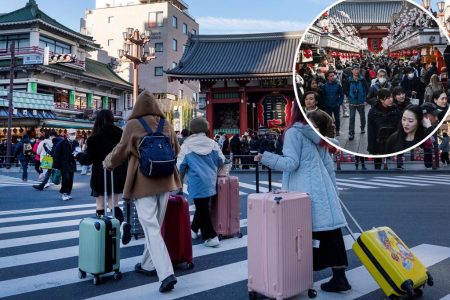Rising Waters and Rising Fees in Venice
Venice, the city of canals and romance, has long been grappling with the challenges posed by overtourism and rising sea levels. Last year, the city introduced a controversial entry fee aimed at managing the influx of visitors and preserving its UNESCO World Heritage status. Initially set at 5 euros (about $5.15), the fee was intended to deter visitors during peak seasons. However, local officials are now doubling down on this initiative, increasing the fee to 10 euros (approximately $10.25) for those who don’t book and pay at least four days in advance. Additionally, the number of days the charge will be in effect is nearly doubling, making the scheme more comprehensive and impactful.
The Initial Skepticism and Outcome
When the entry fee was first introduced in 2024, it met with significant skepticism from both locals and tourists. Many residents, including local activist Matteo Secchi, were vehemently opposed, arguing that the fee transformed Venice into a "theme park" and tarnished its romantic image. Despite the criticism, the fee has generated substantial revenue, adding 2.4 million euros (about $2.5 million) to local coffers. This financial boost has helped in maintaining the city’s infrastructure and preserving its historical sites, which have been under strain due to the sheer volume of visitors.
Increased Interest from Other Destinations
The success of Venice’s entry fee scheme has not gone unnoticed. Tourism official Simone Venturini reported a surge of interest from other destinations facing similar issues. Cities like Kyoto in Japan, Formentera in Spain, and Zermatt in Switzerland have all reached out to Venice for insights into managing tourist flows. This international attention underscores the growing need for sustainable tourism practices and highlights Venice’s pioneering role in this area. Venturini emphasized the city’s commitment to creating a new system to manage tourist flow, particularly during peak periods, to protect the city’s delicate and unique nature.
The Impact on Day-Trip Tourism
One of the primary goals of the new fee structure is to discourage day-trip tourism, which has been a significant contributor to the overcrowding problem. The increased fee for last-minute bookings is designed to incentivize visitors to plan their trips well in advance, thereby spreading out the tourist influx more evenly throughout the year. This strategy aims to prevent the city from becoming overwhelmed during peak seasons, ensuring a more enjoyable and sustainable experience for both residents and visitors.
Local Protests and Tourist Misbehavior
The introduction of the entry fee has not been without its challenges. Last year, angry activists took to the streets, canals, and passageways to protest the new scheme, accusing Mayor Luigi Brugnaro of turning Venice into a commercialized destination. Despite the criticism, Brugnaro defended his decision, calling it a brave and necessary step to protect the city’s heritage. However, the fee has also exposed the darker side of tourism, with instances of disrespectful behavior from visitors. Last summer, two men were caught swimming in a historic canal, prompting local outrage. Earlier, a gondola capsized after tourists ignored instructions and continued to stand up to take selfies, an incident that quickly went viral on social media.
A New Era of Sustainable Tourism
Venice’s efforts to balance tourism and preservation reflect a broader trend towards sustainable travel practices. While the initial reaction to the entry fee was mixed, the financial and practical benefits are becoming more evident. The city’s commitment to managing tourist flow and protecting its unique environment sets a precedent for other destinations facing similar challenges. As other cities look to Venice for inspiration, the hope is that these measures will lead to a more responsible and sustainable approach to tourism, ensuring that iconic destinations like Venice remain accessible and intact for generations to come.












